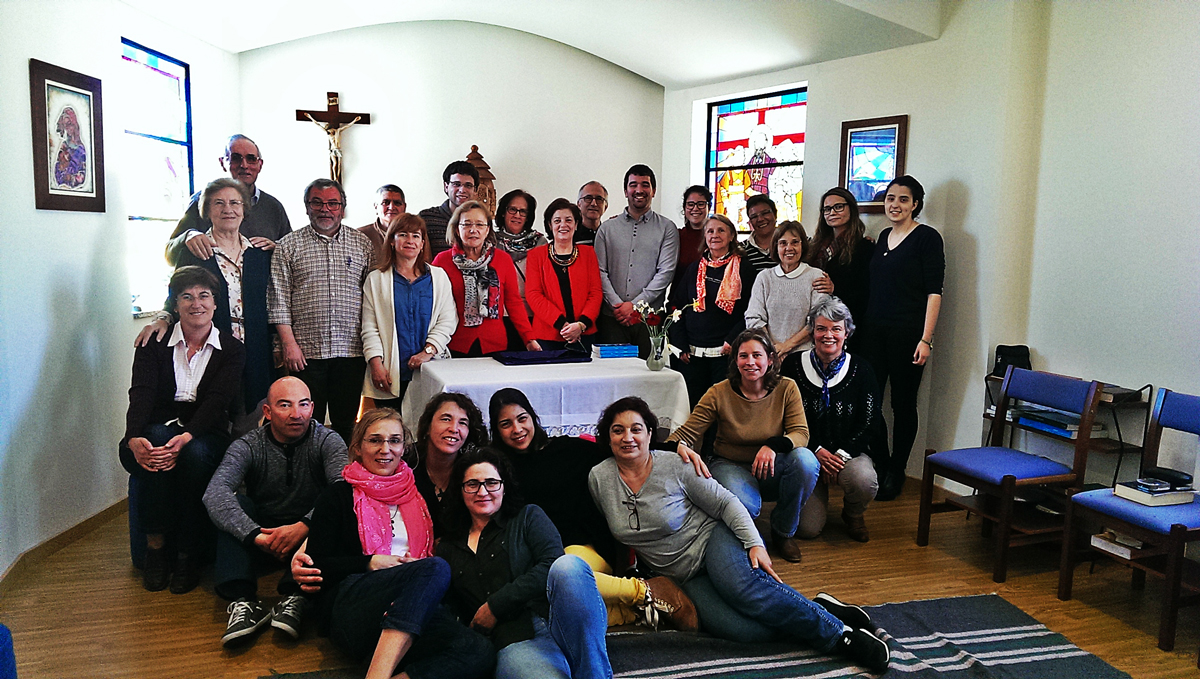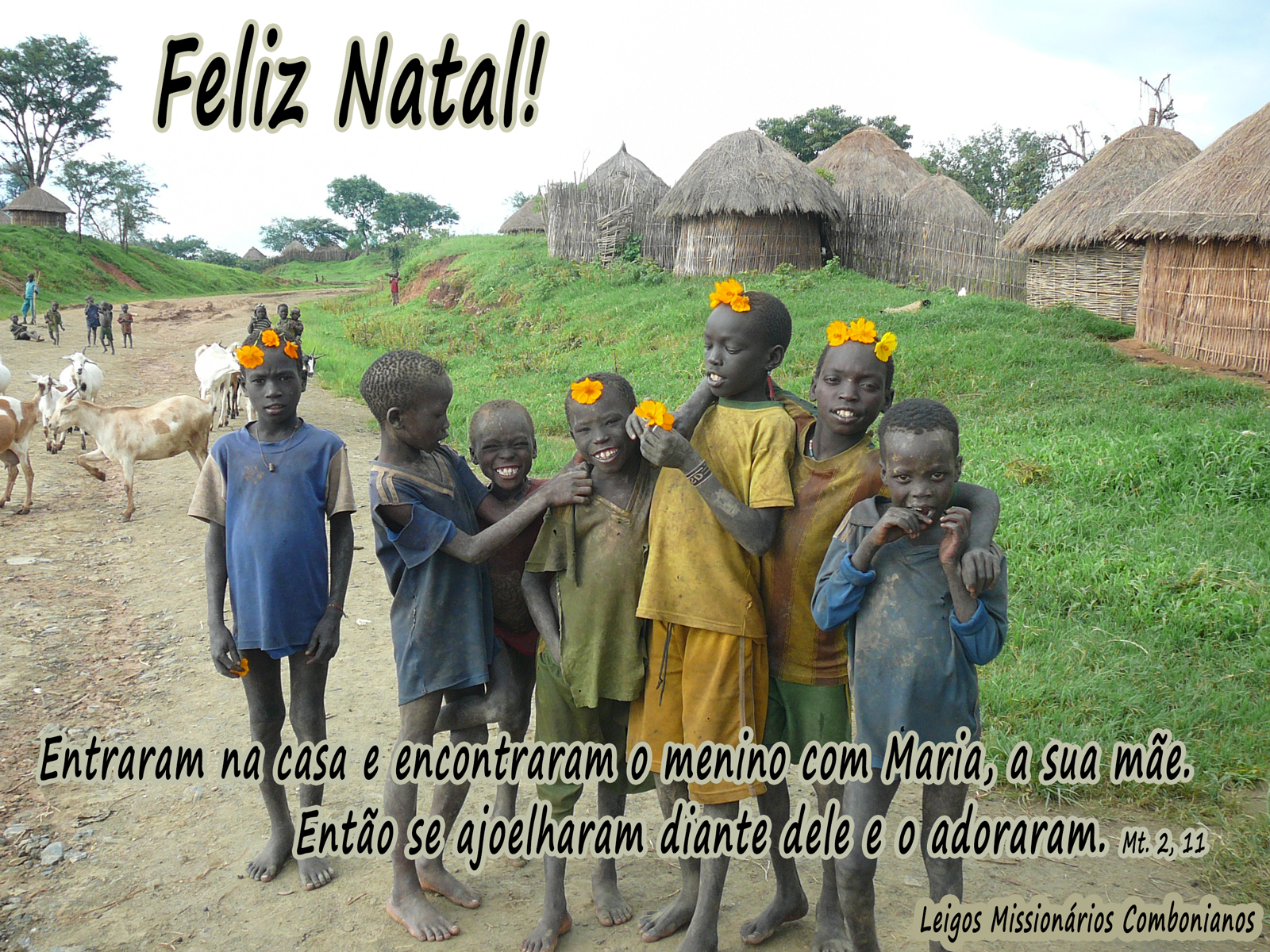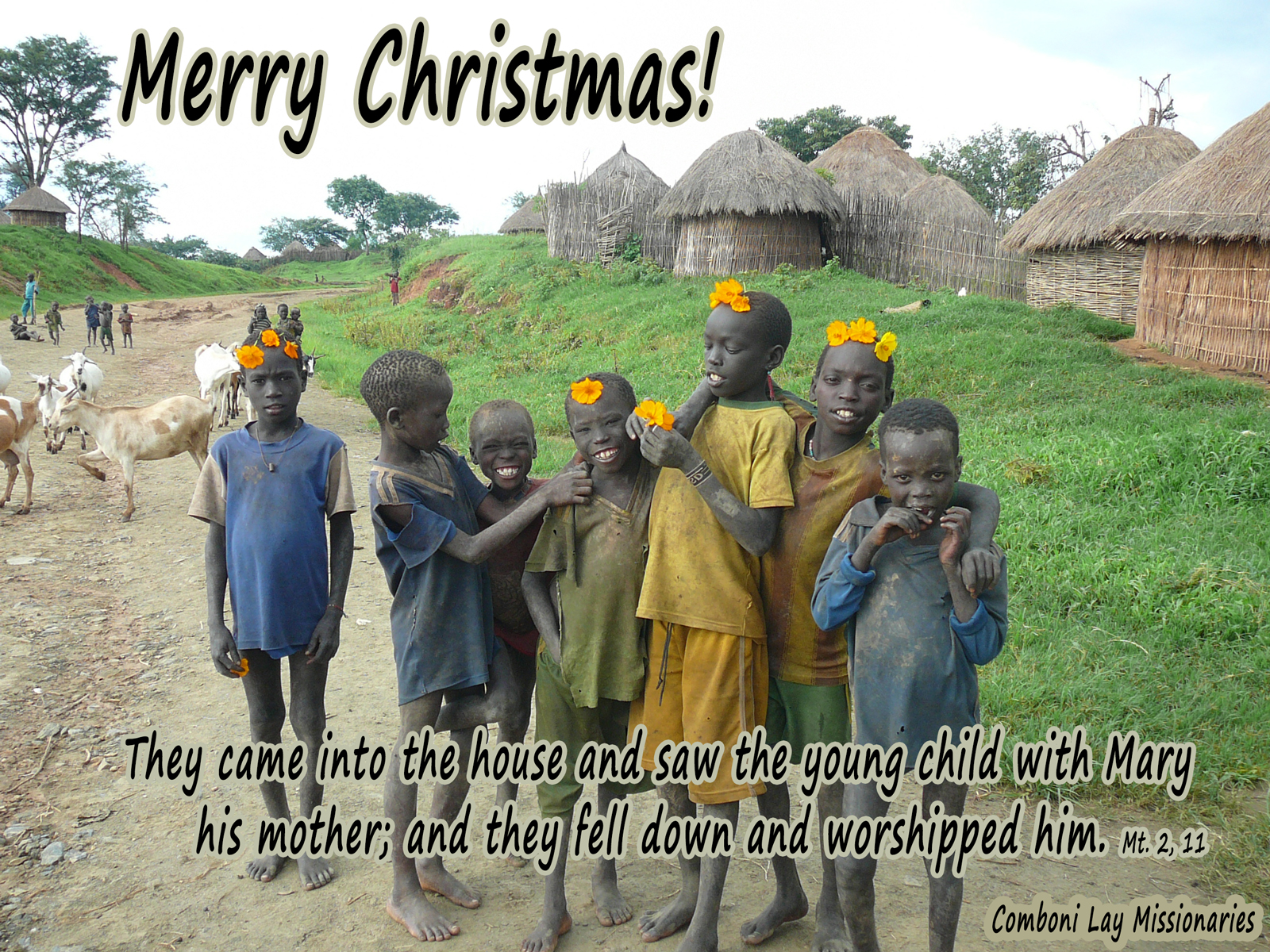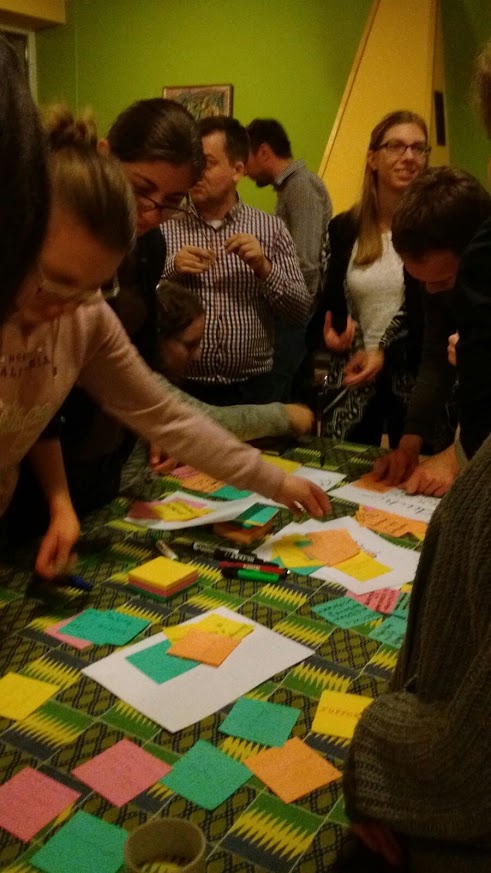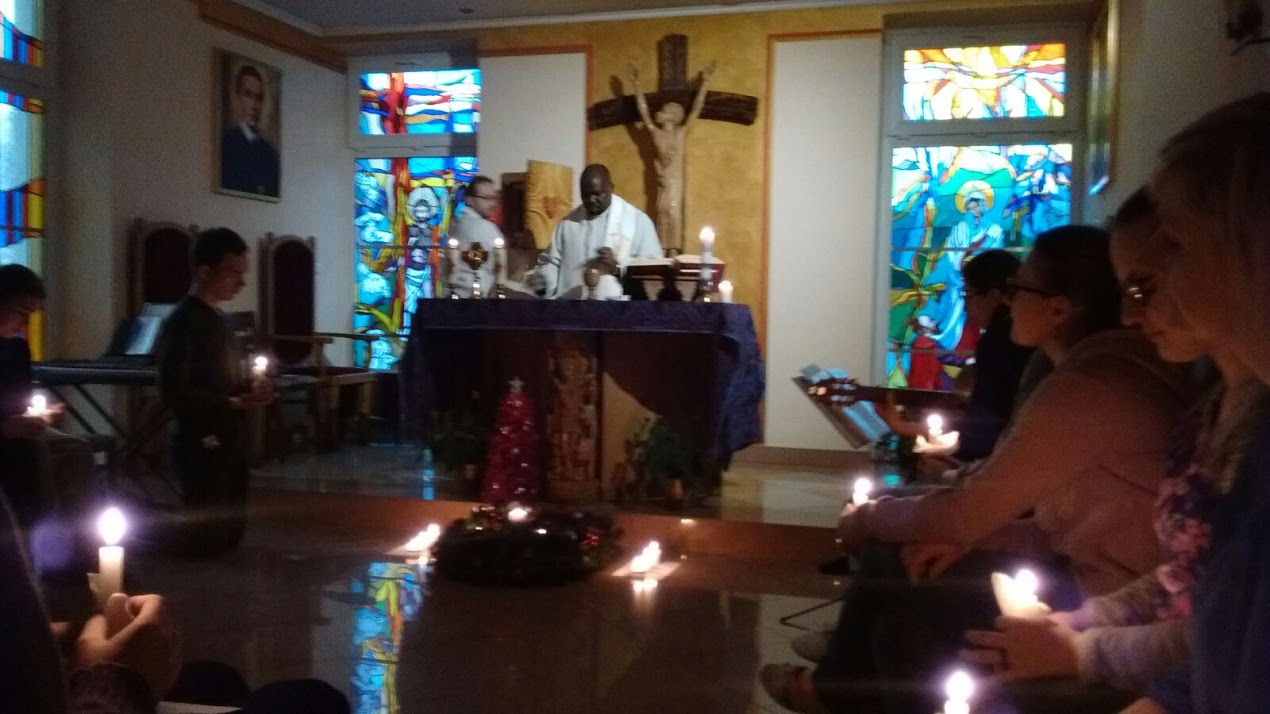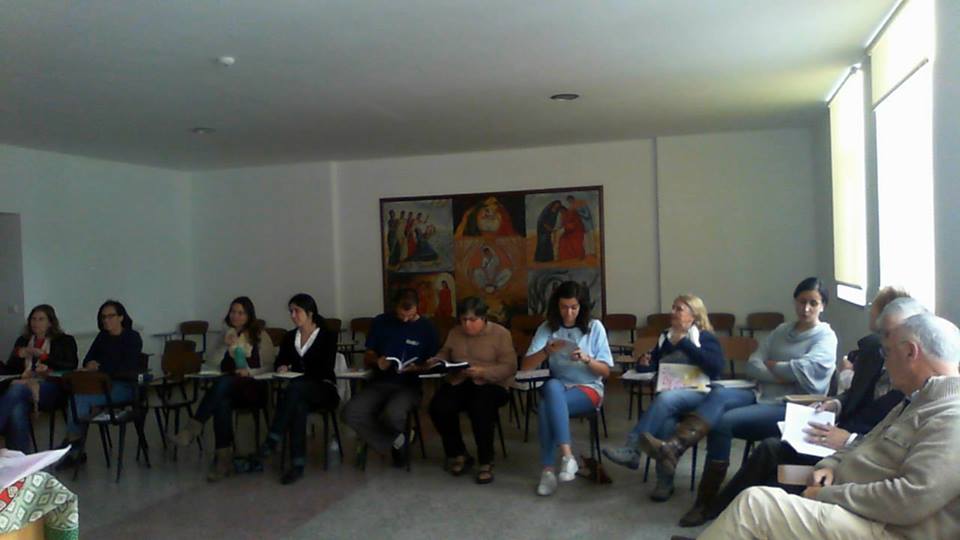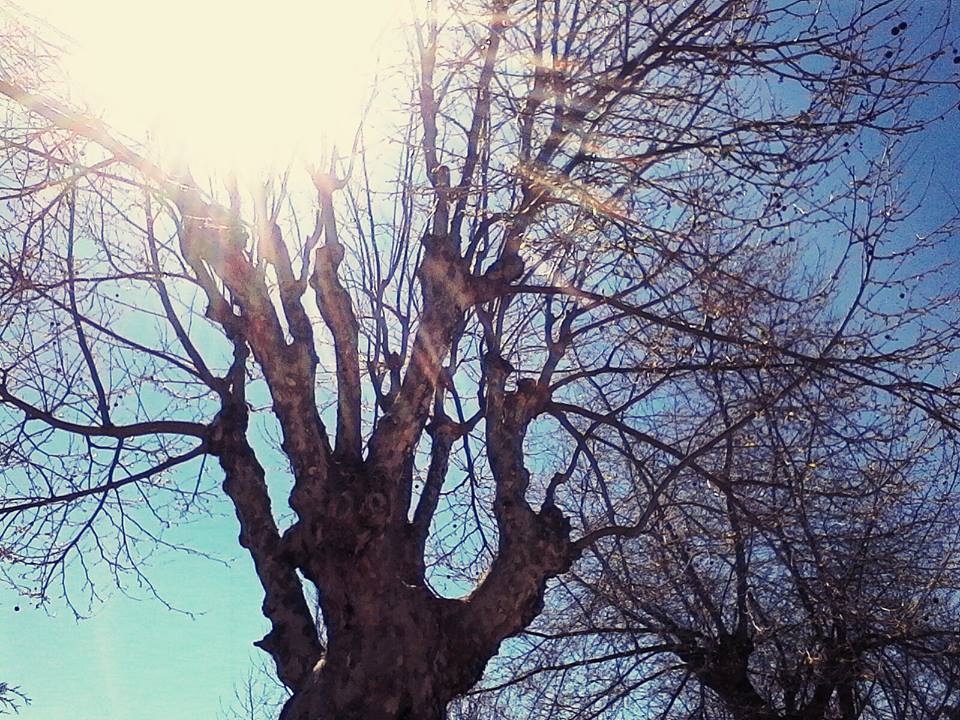 Silence is God’s gift, a gift capable of bearing much fruit for those who dare “waste” the time in order to gain quality of life, the full life that only Jesus can give us. I am still enjoying all that I have listened to, meditated upon and felt at the Lenten retreat organized by the Comboni Lay Missionaries and led by Fr. Horácio Rossas, mccj. As we already mentioned, this time of Lent and, in particular, the time we spent on retreat, is a time that God has given us to “waste” time with Jesus. However, in the end it was Jesus himself who chose to spend time with us. Incredible, no?! Jesus chose to spend time with me and with all those who dared to come to meet him. Someone as important as Jesus, someone who is God, not only wants to know about me and stay with me, but chooses to spend time with me!
Silence is God’s gift, a gift capable of bearing much fruit for those who dare “waste” the time in order to gain quality of life, the full life that only Jesus can give us. I am still enjoying all that I have listened to, meditated upon and felt at the Lenten retreat organized by the Comboni Lay Missionaries and led by Fr. Horácio Rossas, mccj. As we already mentioned, this time of Lent and, in particular, the time we spent on retreat, is a time that God has given us to “waste” time with Jesus. However, in the end it was Jesus himself who chose to spend time with us. Incredible, no?! Jesus chose to spend time with me and with all those who dared to come to meet him. Someone as important as Jesus, someone who is God, not only wants to know about me and stay with me, but chooses to spend time with me!
 We were invited to reflect over various Bible passages that were proposed. It was intense! It was moving! As I have already mentioned, spiritual life needs times of interior silence and a lot of internal work! This retreat was very fertile in moments of reflection, moments of personal encounters with God and in moments where we felt his pure love in such a deep way, such as the moment when he purified our hearts, after the sacrament of reconciliation. Nothing happens by chance and for sure it was not a coincidence when we listened, at the beginning of the retreat, to the words of Psalm 63: “O God, you are my God. From the dawn of day I look for you. My soul thirsts for you.”
We were invited to reflect over various Bible passages that were proposed. It was intense! It was moving! As I have already mentioned, spiritual life needs times of interior silence and a lot of internal work! This retreat was very fertile in moments of reflection, moments of personal encounters with God and in moments where we felt his pure love in such a deep way, such as the moment when he purified our hearts, after the sacrament of reconciliation. Nothing happens by chance and for sure it was not a coincidence when we listened, at the beginning of the retreat, to the words of Psalm 63: “O God, you are my God. From the dawn of day I look for you. My soul thirsts for you.”
I remember how we reflected on our insistence to do it all by ourselves. The disciples cast their nets and caught nothing! But after Jesus appeared… Ah, when Jesus appears, everything changes! After all, he is the one who makes everything possible in our lives! How good it is to understand that all my fears, my insecurities, my obstacles can be conquered if I trust in God, a God who is love and who loves us to the last drop.
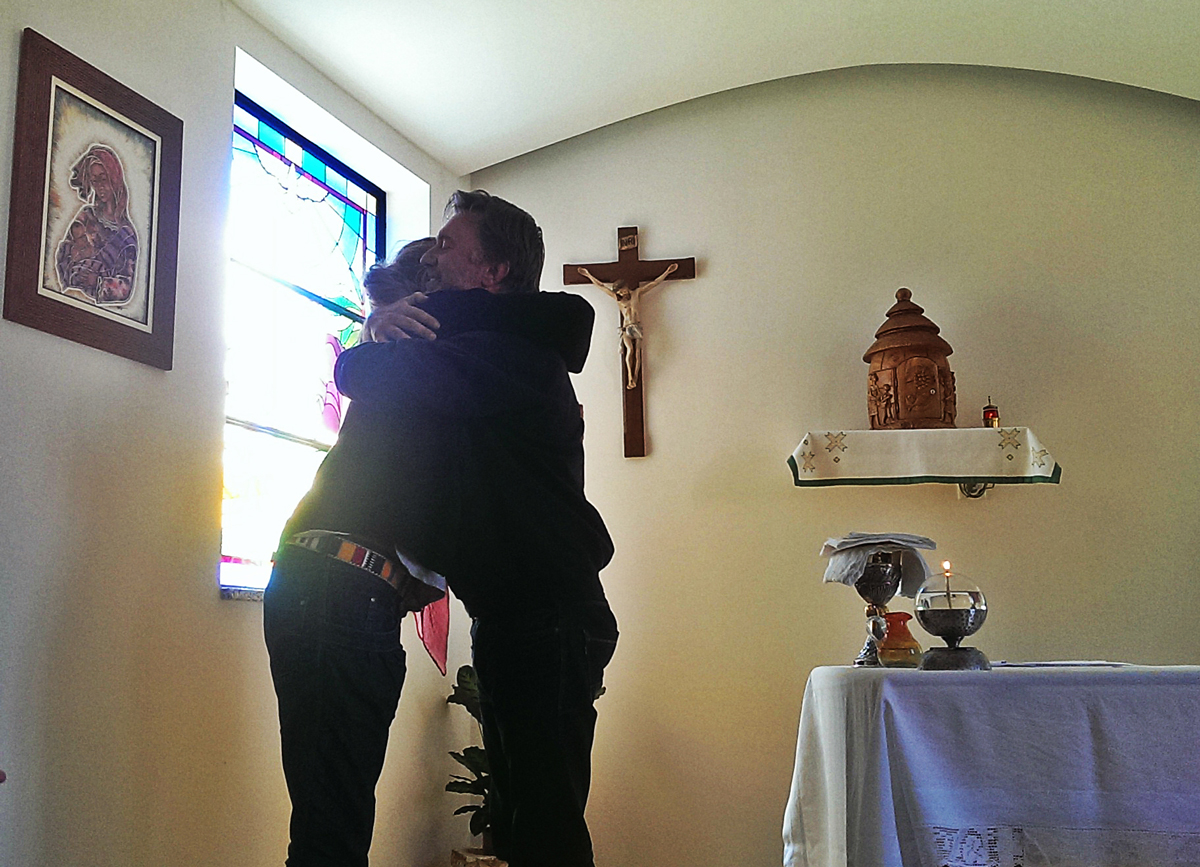 On the other hand, we were invited to meditate in what measure we allow God to love us… The disciple who is loved could be me, or you! The disciple who is loved is anyone who allows God to enter his/her life and consents to be loved by him! The love of God is a free gift! He does not love us because we are good looking or only do good things! He loves us as we are! Loves us without limits! Loves us with our mistakes! Honestly, I feel that God loves me in spite of my weaknesses and mistakes and gives me a joy and the interior peace that can only come from God… We must never put up a resistance to the love of God! We must allow ourselves to be loved as we are!
On the other hand, we were invited to meditate in what measure we allow God to love us… The disciple who is loved could be me, or you! The disciple who is loved is anyone who allows God to enter his/her life and consents to be loved by him! The love of God is a free gift! He does not love us because we are good looking or only do good things! He loves us as we are! Loves us without limits! Loves us with our mistakes! Honestly, I feel that God loves me in spite of my weaknesses and mistakes and gives me a joy and the interior peace that can only come from God… We must never put up a resistance to the love of God! We must allow ourselves to be loved as we are!
We were also invited to reflect over the risen Christ, because those who have not yet experienced it have not yet experienced the leap of faith. Faith in the resurrection gives us a new view of reality. We come to see life in a different manner!
I sincerely believe that this retreat has helped me a lot in increasing my faith! I, in fact, met God many times during this weekend: in the various explanations of the word of God; in my personal reflections; at Mass; during reconciliation; in contemplating nature…
We ended the retreat with Sunday Mass. Together with the Samaritan woman, we asked Jesus: “Lord, give us of this water.” In the end qall is for him! Thank you, Jesus, for this invitation to spend this retreat with you! You were important to me, to us, CLM! We love you!
During our Sunday Eucharist the CLM Cristina Sousa, with the entire CLM family, made her commitment. She too is part of the plan Comboni dreamed of, she is one of the thousand lives for mission.
CLM Portugal




